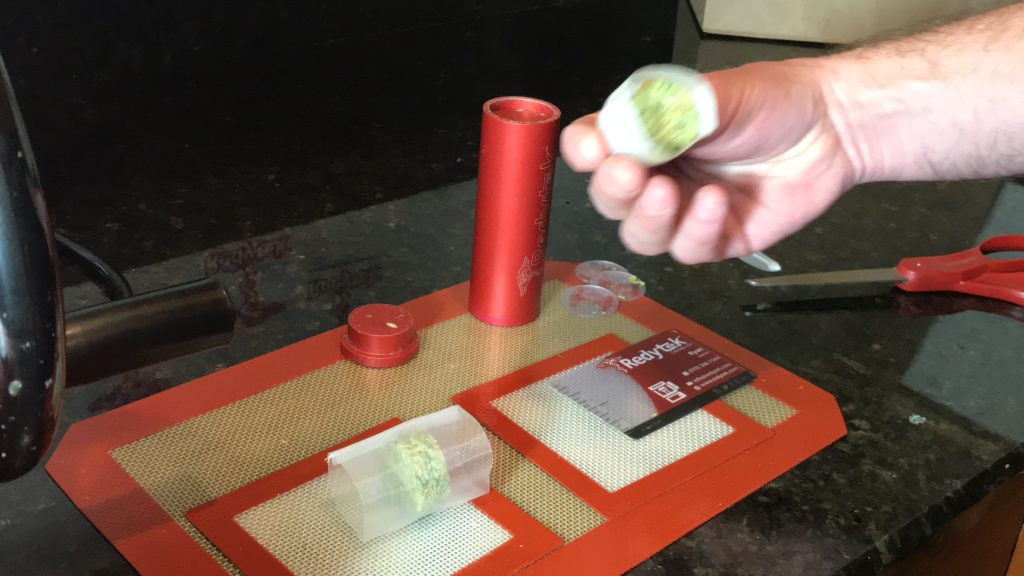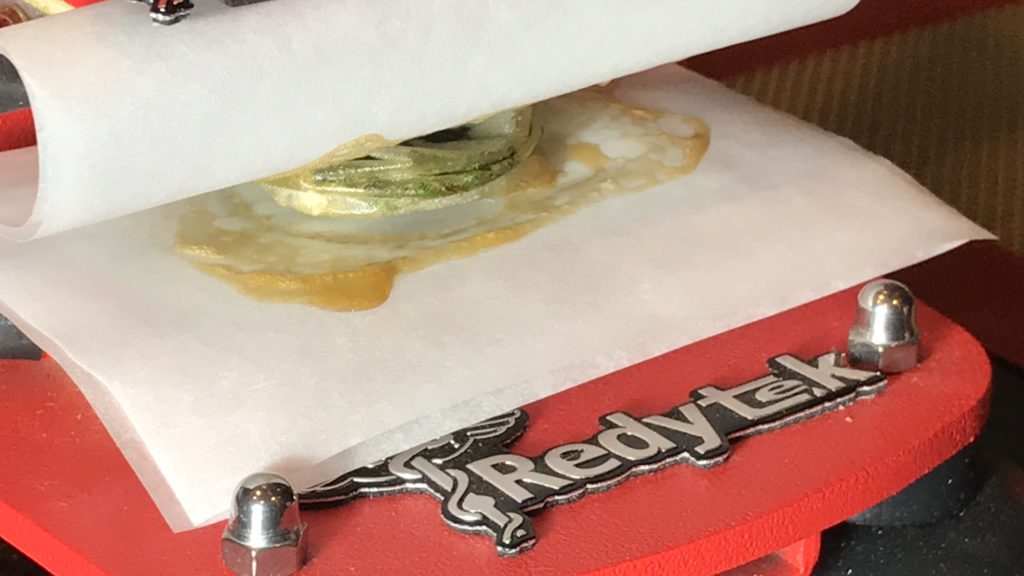Press Charleston Dispensary Material into Solventless Flower Rosin
Charleston Medical and Recreational dabbers make solventless rosin concentrates at home!
Are you aware that the possession of Medical and Recreational cannabis is now legal in Charleston Oregon?
Dispensaries in Charleston are open for business, but how do you choose the dankest dispensary flowers for extracting into flower rosin? We have a few tips for you if you do decide purchasing material from a Charleston dispensary to make into rosin is the route for you.
Sometimes it’s not possible to grow your own, or maybe you don’t yet have a time to grow. That’s ok, dispensary material will work, if you take proper preparation and own a rosin press machine. Heat and pressure are all it takes to extract the flavorful trichomes from the plant material.


First and foremost, ensure you are going to a reputable dispensary in Charleston. You want to make sure you are speaking to a well-informed bud tender. This is when reviews are your friend. 4 star and higher rankings should suffice.
But don’t hesitate to look around the shops in Charleston. Different strains impact individuals in different ways. Try strains with cannabinoids, terpenoids, and flavonoids that work best for you. Then stick to them. There’s no embarassment in smoking the very same strains every day.
Speak with your Charleston bud tender. Ensure they offer strains you like. Ask if they will continue to provide them down the road. There is fantastic peace of mind in understanding how your medicine will treat you. The same result each time.
Ask you bud tender when their Charleston crops harvest was. Older plant product that has actually been sitting around longer, will likely produce a darker rosin. It works, but not as delicious as you might expect with fresher product.
Inspect the moisture content of your Charleston dispensary flower. Is it dank, filled with crystals and sticky when squished? Has it been handled much? Was it properly Stored in jars and burped regularly? Proper cure is important for high quality flower rosin.
Plastic bags will steal resinous glands from your flower by adhering to the bag. Product without frosty white crytals, will not produce as much of a return.

Product needs to be re-hydrated prior to squishing. Humidity can be added to product many ways. Include moisture to a sealed container with the material sealed inside. Within 12-36hrs material will be damp enough for effective rosin returns. Bring your flower up to 62% relative humidity. Do this the day before pressing. Don’t store material long term at high humidities.
What is the fragrance of the material you will be using? Solventless extraction keeps flavorful terpenes. The aroma of the plant comes from these terpenes. These terps are then transferred through with the oil concentrate. The better the aroma, the bigger the taste of the concentrate.
Use a 40x microscopic lense to check the flower’s resinous glands. Are the trich’s swollen and cloudy? Have some turned amber? Does the flower appear to have a great deal of white crystals on it? You recognize the saying ‘fire in, fire out’, well it’s not a saying. It’s the truth!! It take high quality starting material to make fire rosin.
One thing to think about when selecting material for {echo(city)} rosin. Do you want Indica, Sativa or a Hybrid? Keep in mind once you turn your flower into rosin, it becomes concentrated. Concentrates are much stronger than the flower it came from, 60-90% or higher! The rosin will retain the very same properties as the flower, bu stronger. Much stronger.
Choose sativa if you want to remain awake, focused, creative and talkative.
Choose indica if you have actually had a long day and want to unwind, reduce discomfort, take a nap.
Or selected a fantastic hybrid.
Hybrids are a mix of both Indica and Sativa. Find out if the strains is Indica dominant or Sativa dominant or 50/50. Hybrids can impact each individual differently. Try your strain in plant form prior to turning it into rosin. Be familiar with the strain. Get an idea of what to anticipate. Prior to turning it into a cleaner, more potent, oil.
Scroll Charleston Dispensary Map
Find Flower in Charleston to Squish into Rosin!
Charleston (Coos: Milukwich) is an unincorporated community in Coos County, Oregon, United States. Charleston is the least populated (Pop. 795 ) community in Oregon’s Bay Area and is Home to a large commercial fishing fleet, it is adjacent to the ocean entrance to Coos Bay. Charleston is the site of the Oregon Institute of Marine Biology and the United States Coast Guard Charleston Lifeboat Station.
Charleston was named for Charles Haskell, a settler who filed a land claim along South Slough in 1853. South Slough is an arm of Coos Bay, which it enters near the bay’s mouth on the Pacific Ocean. Oregon Route 540, which crosses the slough southwest of Barview, passes through Charleston and links it to three state parks further south along the coast: Sunset Bay, Shore Acres, and Cape Arago.
Postal authorities established a post office in Charleston in 1924. The community’s ZIP code is 97420.
The South Slough National Estuarine Research Reserve, a 4,770-acre (1,930 ha) reserve along the Coos Bay Estuary, was established in Charleston in 1974. It was the first of 28 such reserves in the United States and the only one in Oregon.
